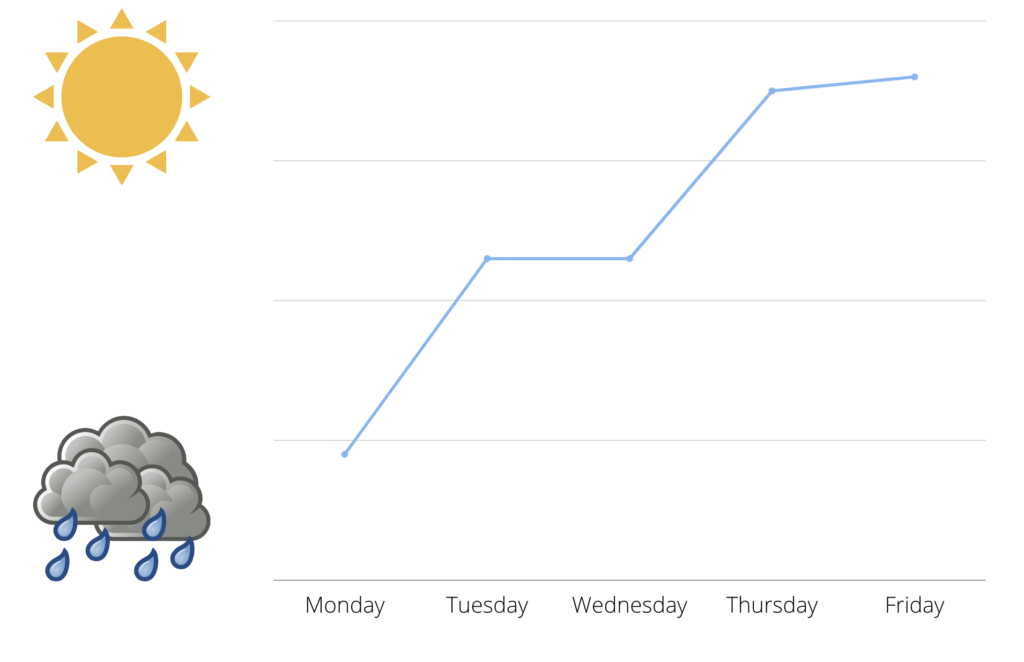Table of Contents
In my past web site article titled “Social-Psychological Learning Sequence: Cultivating Skills All Students Require to Prosper,” I recognized classroom administration, deficiency of engagement, and normal pupil apathy as challenges that plagued the 2021-2022 school 12 months. Lecturers have an prospect to strategy this new college year otherwise by dedicating class time to cultivating social-emotional understanding skills that are significant to a significant-working mastering neighborhood. In this blog site write-up, we’ll examine the 1st competency of social-emotional learning: self-consciousness.
What is self-recognition?
Self-consciousness is a cornerstone of social-psychological learning. Without the need of self-consciousness, pupils struggle to manage on their own, make liable decisions, create healthy relationships, and have an understanding of and empathize with others.
Self-awareness is a multifaceted competency that encompasses a individual’s ability to:
- Establish their feelings, thoughts, and values and understand how they influence their habits.
- Be knowledgeable of their interactions, inner thoughts, and associations with other folks.
- Understand just one’s strengths, limitations, and weaknesses.

To support cultivate self-awareness in lecture rooms, educators need to take into account the adhering to queries:
- What routines can assistance pupils to identify their psychological condition to far better comprehend by themselves from day to day?
- How can I assistance learners mirror on the link among their inner thoughts, ideas, values, and behaviors?
- What classroom routines can assistance learners to acquire greater amounts of self-efficacy and self-assurance?
- How can I assistance college students to identify and utilize their individual, cultural, and linguistic belongings?
Benefits of Producing Self-awareness
Dedicating time and energy methods to cultivating self-recognition advantages individual college students and the potential of the learning neighborhood to functionality in a wholesome, good, and successful way. Exploration implies that when folks see themselves additional evidently, the positive aspects consist of:
- Higher ranges of self-assurance and creativeness
- Enhanced conclusion-creating skills
- Far more efficient communication and collaboration with some others
- Stronger relationships
- Much more possible to display integrity
- More persistence when finishing elaborate responsibilities
- Healthful psychological perfectly-being (Eurich, 2018 Sutton, 2016 Feldman, Dunn, Stemke, Bell & Greeson, 2014).
So, how do we support pupils create self-recognition?
5 Strategies Made to Enable Students Establish Self-recognition
Method #1: Commence Class with Check out-ins
Start out every class with an informal conversation or verify-in activity. Academics can devote time to a complete class test-in with each scholar sharing their reaction to a prompt. If that is as well time-consuming, instructors can place college students in little groups and let them to examine in with a handful of peers.
A regular verify-in plan that asks learners to share their feelings and encounters builds local community and empathy even though also supporting learners truly feel far more snug partaking with their peers when doing the job on academic responsibilities.
Approach #2: Emotions Graph
Really encourage learners to choose a handful of silent times to take an stock of how they really feel physically, mentally, and emotionally.
- Are they worn out, stressed, content, hopeful, or frustrated?
- What is triggering them to truly feel this way currently?
- Did anything take place that impacted them positively or negatively?

The moment they’ve experienced a probability to gauge their thoughts, talk to learners to graph their emotional condition on a piece of chart paper and create a brief reflection outlining why they set on their own at a distinct place on their graph.
Tracking how they really feel about time can aid learners recognize trends in their psychological state and acquire clarity about the folks, routines, cases, and interactions that positively and negatively impression them. If they understand how unique variables influence how they sense bodily, mentally, and emotionally, they can make options that will positively effects them.
Tactic #3: Design Anxiety Administration Techniques
Prices of pressure, anxiety, and depression are rising (Pincus, Hannor-Walker, Wright & Justice, 2020 Wan, 2020). Encouraging college students follow pressure management strategies can enable them deal with their stress and tension in a balanced way. When woven into the cloth of their days at school, respiratory, meditation, and mindfulness routines can assist pupils develop the skills essential to take care of their tension and build confidence in navigating challenging situations.

Educators can get started just one course just about every week concentrating on a mindfulness activity to support pupils check out in with on their own and hone the techniques necessary to offer with times of tension and anxiety.
System #4: Who am I? Thinking Regimen
Job Zero created this pondering schedule to persuade learners to take a look at their identification and the identification of other individuals. It “encourages college students to reserve judgment, just take time to locate out far more about what they see and/or listen to, and take a look at much more deeply and broadly other men and women, and develop a higher knowing of similarities and dissimilarities.“
Tactic #5: Observe Mindfulness Prevent Talent with Position-perform
Function-participate in asks students to assume the identity of a particular person put in a circumstance or circumstance that mirrors a little something they may well face in the classroom or in lifestyle. The state of affairs may well challenge them to think about how they would respond if a classmate designed a rude remark, they acquired a lower score on an significant assignment, or they had to operate in a group with a student they did not like.
As learners interact in a job-participate in state of affairs, really encourage them to exercise the mindfulness Halt skill of:
- Stopping or pausing before responding or reacting.
- Taking a deep breath and getting aware of their breathing.
- Observe what is taking place within their bodies and what is taking place all over them.
- Proceed mindfully primarily based on the data they uncovered from checking in with by themselves and taking a second to notice the scenario.
These mindfulness things to do do not demand sizeable time, but they are extra probably to positively impact a college student’s stage of self-consciousness when lecturers carve out time each working day or 7 days to devote to these routines. Instructors ought to consider dedicating time for the duration of a welcome plan to these exercises. Starting the very first 5-10 minutes of class a number of times each individual 7 days with an action developed to enhance self-awareness or persuade mindfulness can assist college students get relaxed figuring out their emotions and considering critically about the effects of their interactions with others.
My future website post will concentrate on the competency of self-management!



More Stories
Maverick’s Fighter Jet Stunts Push the Boundaries of Physics
Women’s History Month 2022: An Interview with Jennifer Thompson
You Might Be Surprised to Learn That the First ‘Top Gun’ Is Actually Pretty Realistic